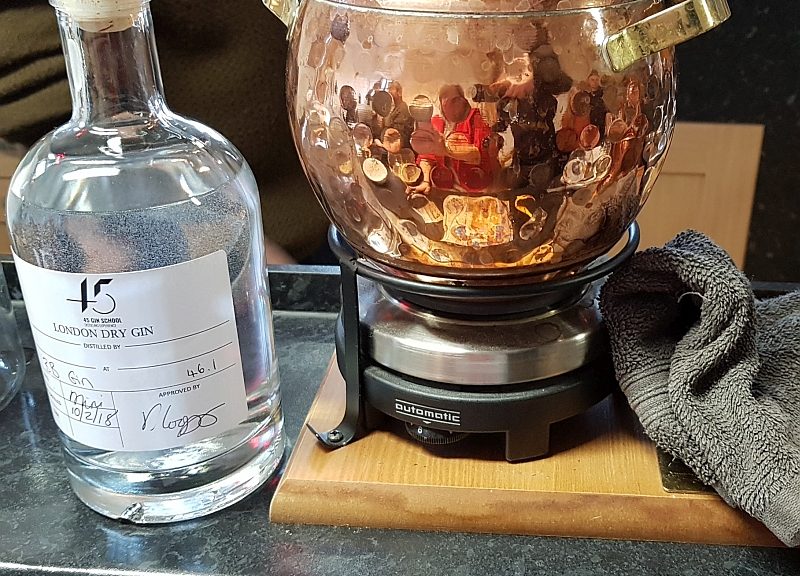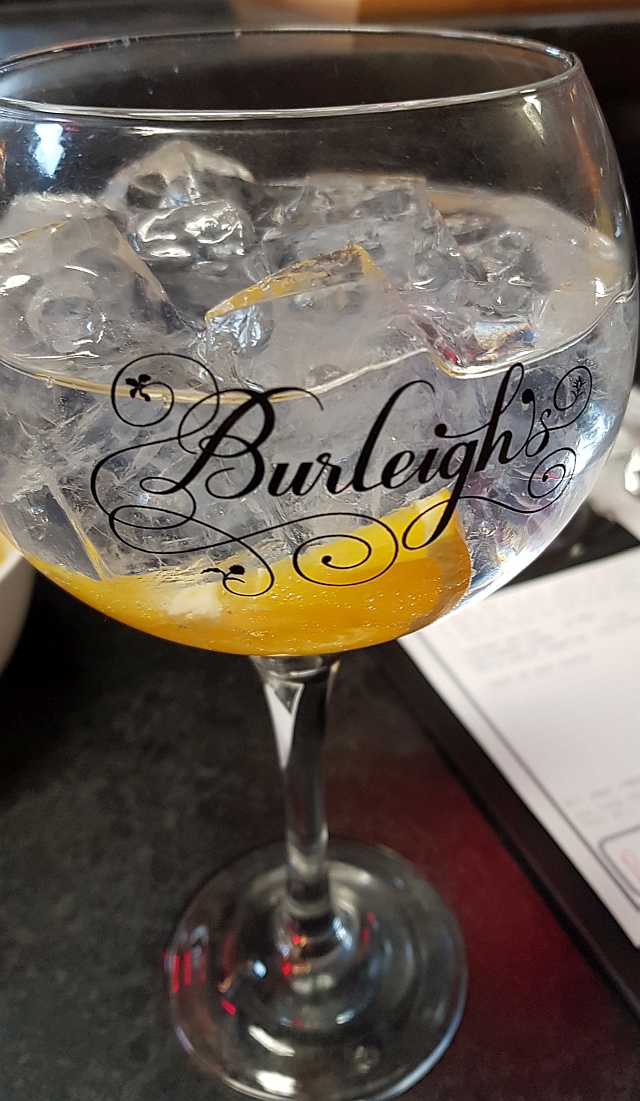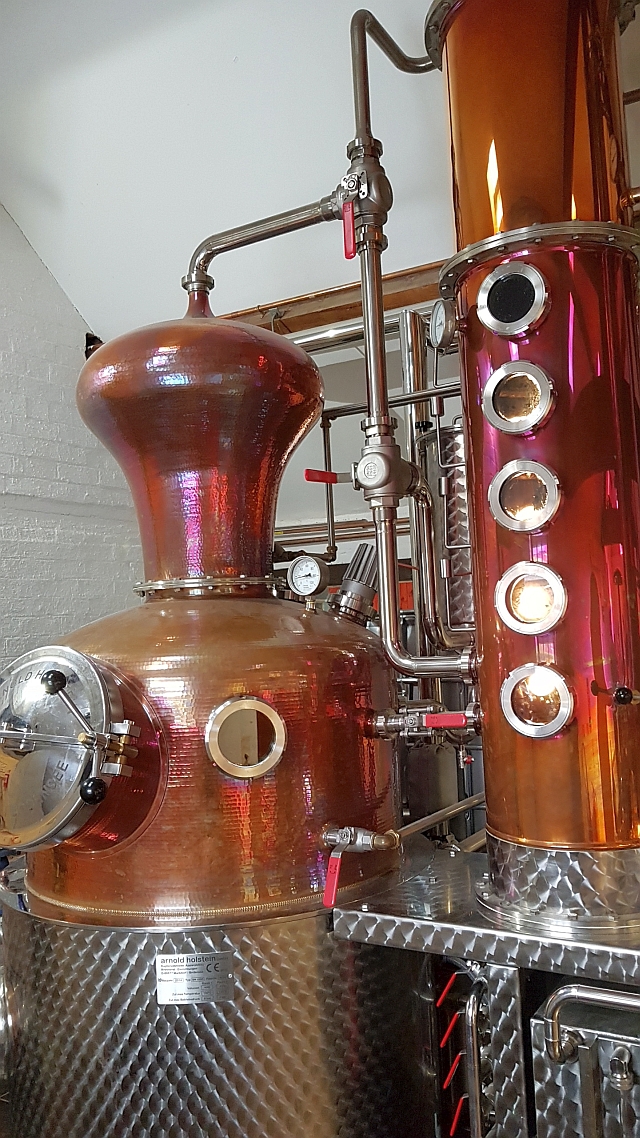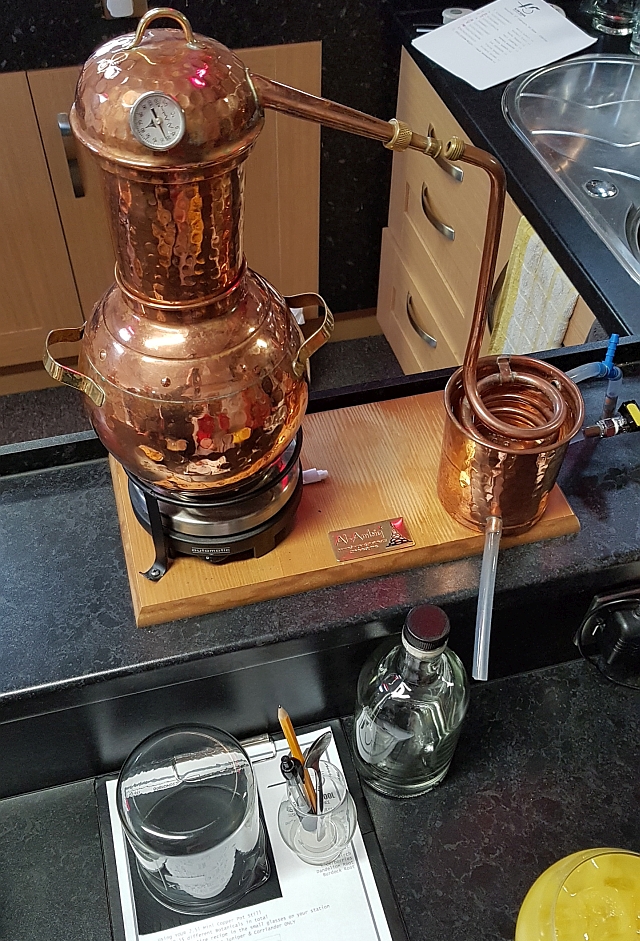
How to make a bottle of gin
What is the best way of spending Saturday with your wife when she is 6 months pregnant. Take her to a gin distillery of course! I am only jesting. The truth is that Becky got this gin experience at 45 West Distillers as a present quite a long time ago. We almost forgot about it and when we found the voucher it was almost expired. So Becky had to book the gin school experience when 6 months pregnant and I was charged with a very important task of tasting the stuff.

We went on our way to 45 West Distillers on a rainy Saturday morning not knowing what to expect. We were looking forward to it but had completely no idea what we are going to face. I must tell you that what we experienced exceeded our expectation. I was simply brilliant. We not only had a pleasure to visit the distillery, see how this amazing spirit is made but also had a chance to produce our own, unique bottle of gin.

Let me tell you a few things that I learned about the distillery itself. 45 West Distillers is located in a barn rented from a farm near Burleigh Wood Nature Reserve. It is in this woodland area where the distillers forage for 4 out of 11 botanicals that go into their final product. The enterprise started only 4 years ago so they don’t claim to have hundreds of years of heritage. Also they are not secretive about their recipe. There are no legends about the mysterious list of ingredients passed on from generation to generation. But they don’t need any of this. Simply because the gins they make speaks for itself. They are phenomenally smooth. Not even a hint of alcohol harshness! All is down to attention to details, using best ingredients and the distillation process itself, true craftsmanship. Unlike mass produced spirits that are made in stainless steel equipment, 45 West have their whole distillery made of copper. And this is what makes a huge difference. Copper binds unwanted impurities from the alcohol vapour leaving all the goodness to end up in a bottle. I am not going to bore you any more further with details of the gin production or the distillery product range. This is post is not a lecture nor the advertisement. There are plenty of books that can teach you about the history of gin or its production process. Equally, you can learn more about 45 West Distillers from their website. Instead I am simply going to give a report of our visit to the distillery.

The event was to start at 10.30 and we were bang on time to enter the reception room. We were welcomed by a very friendly receptionist and been offered tea and coffee. Then we joined a group of other gin enthusiasts participating in this session. When all expected gin lovers arrived we were ushered to the actual distillery. There, our host Tom gave us a lecture about the distillery itself, distillation process, use of botanicals, blending and bottling and finally overview of their product range. Although using word lecture probably does not give it justice. It was very informative but informal at the same time and Tom was happy to answer any questions the group asked. But that was only the introduction to the best part of this visit – the gin school!

At this point our host explained that now we are all be making our unique bottle of gin. We could select any botanicals we wanted to build a taste profile for our bottle. Tom of course provided guidance and suggestions so we can end up with something that can be called gin. We learned for example that juniper berries on their own do not make a gin. They always have to be accompanied by coriander seeds to create this classic flavour we all like. Also adding some sort of citrus peel is pretty much obligatory. Using either angelica root or orris root (or both) is essential as fixatives that stabilise the final product and keep the essential oils suspended in the alcohol and water mixture. Very much the same as in perfumes and aftershaves. The rest is up to us. As we learned the range of botanicals can vary from the basic 4, as in the classic Tanquerey, to as many as 47, as in Monkey 47. As this was ultimately my wife’s treat she decided to go for a citrusy and refreshing taste profile and we settled for 12 botanicals. Same as the whole distillery production our own bottle was to be produced as London Dry Gin. Which means that the spirit was already distilled once and we were to put it through a distillation process in our little distiller, but this time with added botanicals. The individual distillers were set off and whilst we waited for the magic to happen our hosts provided us with glasses of wonderfully tasty gin and tonic (and orange juice for Becky, bless her). Once the alcohol started to trickle down I had to frequently taste to ensure that we cut off when the flavour starts to tail off after botanicals released all of their essential oils. At that point I was halfway through my second G&T and it was time to blend it with water and bottle our product. We settled for 46.1% alcohol content. All that was left was to apply had written label, duty sticker and seal the bottle. All the visit lasted about 3 hours but it was so good that we didn’t even notice when the time went. We thoroughly enjoyed our visit at 45 West Distillers, it was great fun with lot of personal approach. I highly recommend it to any true gin lover!
